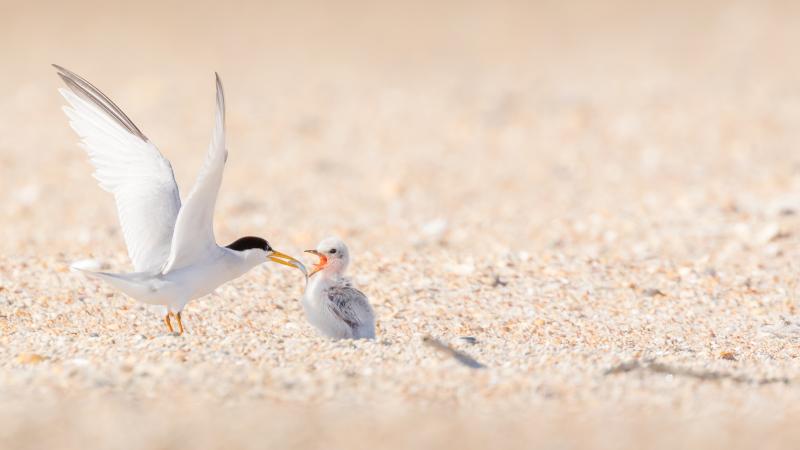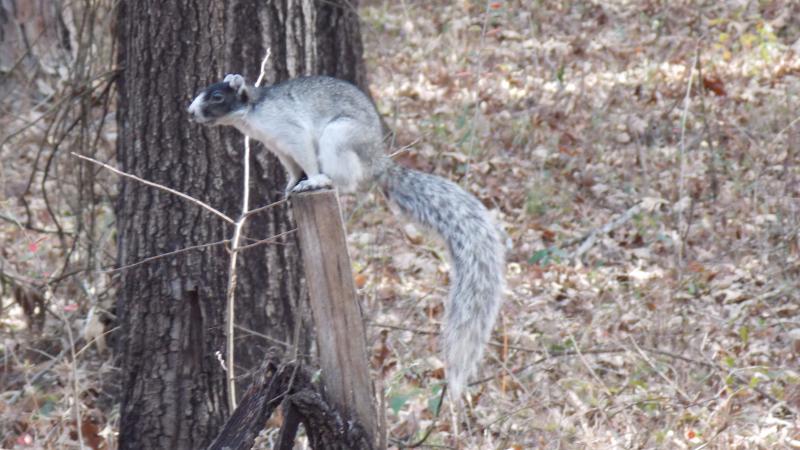The Extinct Carolina Parakeet

The Carolina Parakeet was the only parrot species native to the southeastern United States and was last observed in the wild in 1920s. The last known nesting location was near Gum Slough within the Preserve. Several factors contributed to their extinction, including feather and egg collection, habitat loss, the pet trade and the parakeet's social behavior.
Flocks of 100 - 1,000 Carolina Parakeets were seen in upland forests, forest edges, wooded floodplains and agricultural lands. It was recorded that as many as 30 birds would share a nesting cavity. These loud, boisterous birds could be detected from miles away. Unfortunately, the parakeets became a nuisance animal when they devoured crops. Protecting their produce, farmers would use the flock's defensive behavior against them. By shooting one or two birds, the farmer would only have to wait for the flock to return and gather around the wounded birds, which then would enable the farmer to eradicate entire flocks.
Today, Carolina Parakeets are seen only in paintings or as specimens. Their song and vibrant colors are no longer part of the ecosystem. Florida's dry prairie has many endangered species and it is imperative that they are protected and their habitat is preserved to ensure that they are enjoyed for generations. To memorialize these creatures, there is a statue of Caroline the Carolina Parakeet at Kissimmee Prairie Preserve State Park. The statue faces the northwest part of the park towards Gum Slough, the place where the last wild Carolina Parakeet was last seen. For more information, please visit the Lost Bird Project.

